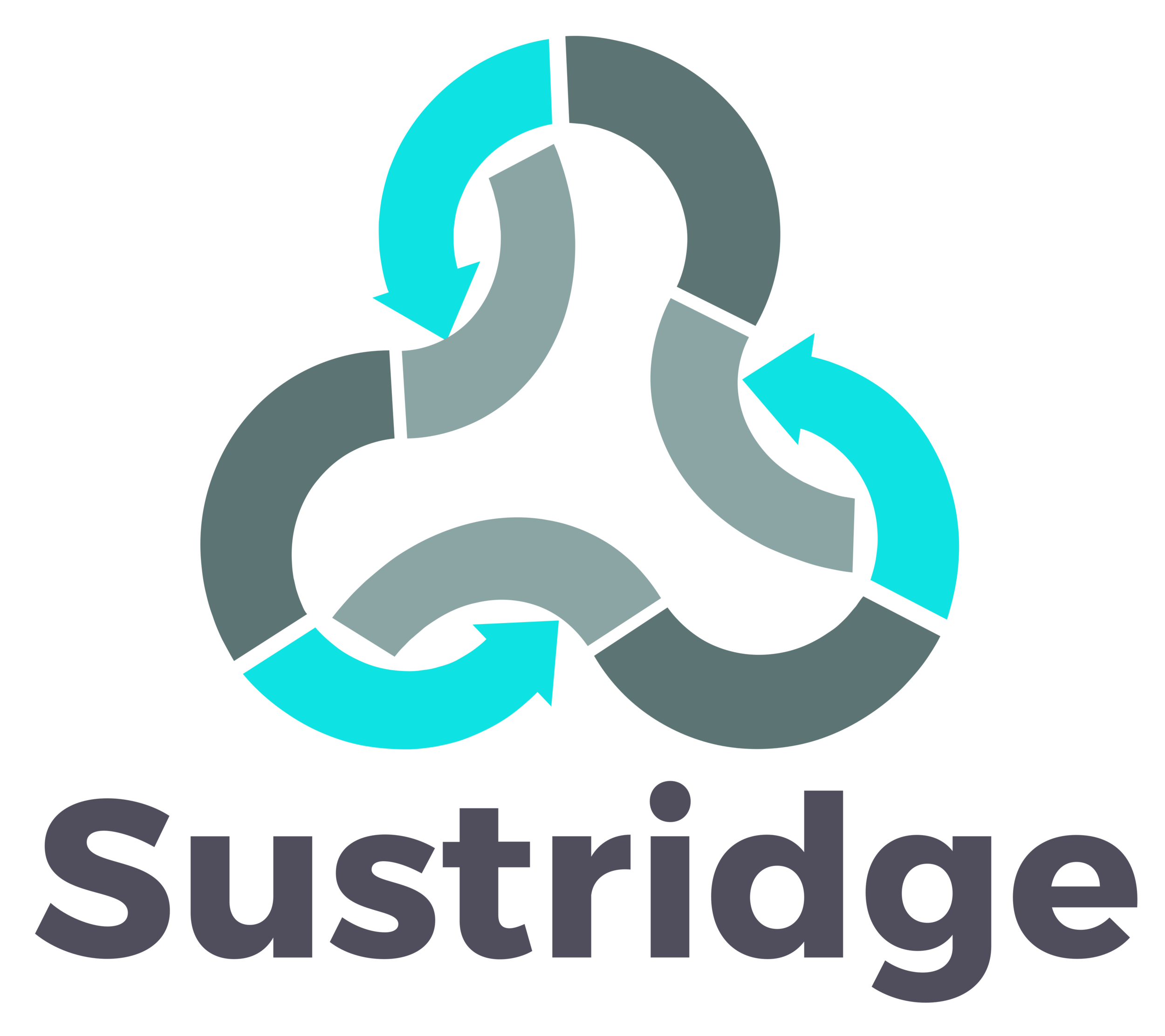Debbie Rafael - Director of the San Francisco Department of the Environment
Debbie Raphael is the Director of the San Francisco Department of the Environment and believes that cities can take bold action to address environmental harm. A scientist by training and public servant by profession, Debbie has spent most of her career working in government to ensure that everyone has an equal right to a safe and healthy environment.
At the City of Santa Monica and City of San Francisco, Debbie crafted first-in-the-nation policies on toxics reduction, green building, Integrated Pest Management (IPM), healthy nail salons, and the precautionary principle -- a decision-making framework that protects the public from exposure to harm even in the face of scientific uncertainty. In 2011, Governor Edmund G. Brown appointed Debbie as the Director of the California Department of Toxic Substances Control (DTSC). In her tenure with DTSC, Debbie implemented the state’s groundbreaking Safer Consumer Products Law to better regulate which chemicals can be used in products sold or manufactured in California.
Debbie Joins Sustainable Nation to Discuss:
San Francisco’s Climate Action Strategy and how it differs from other cities
Global Climate Action Summit hosted in San Francisco September 2018
Establishing cross-sector partnerships to move sustainability forward in communities
Advice and recommendations for sustainability leaders
Debbie's Final Five Question Responses:
What is one piece of advice you would give other sustainability professionals that might help them in their careers?
Ask for help. Admit when you don't know the answer. It gives you tremendous credibility, especially when you're on the bleeding edge or the cutting edge for your city or your organization. We don't all know everything is going to turn out okay, so my favorite word in government, and my guess is this works in businesses as well, is the word "pilot." Call it a pilot. It gives you the opportunity to take a risk, to make mistakes, to learn to admit when you don't know something, and then when you do have success, to institutionalize it moving forward.
What are you most excited about right now in the world of sustainability?
When people ask me, "what gives you hope?" For me, it's this idea of the power of healing the planet. It's this unbelievable data coming out of the Marin Carbon Project and the University of California, Berkeley and so many soil scientists from around the world who are understanding that we have an untapped resource in our soils that will actually help us pull CO2 out of the air, increase productivity, increase resilience to drought. If we do a very simple thing, use compost on our agricultural lands, on our range lands, change the way we do agriculture very simply in ways that mimic natural systems. When we take those actions, I am convinced we can turn the table on climate change and we can actually see improvements to those levels of CO2. It doesn't mean it's the only thing we need to do, but it's the thing that gives me the most excitement. It's not high tech, it just needs to be high scale.
What is one book you would recommend sustainability professionals read?
My favorite these days is Drawdown by Paul Hawken. He published it last year in 2017. I was one of many people on his advisory panel. I love the concrete aspects of it. Being a scientist, I always like to say, "what is the data?". How do we know that that action makes a difference? And by looking around the world and choosing the hundred most significant actions to draw down CO2 out of the atmosphere, there are some surprises and some interesting ideas for cities, for individuals and for institutions. It's a great read and a very important reality.
What are some of your favorite resources or tools that really help you in the work that you do?
Well, I love Ted Talks and I am a big believer in using the power of the visual to lead and to inspire. One of my favorite Ted Talks is Simon Sinek's Start with the Why: how great leaders inspire action. Before I even started here a little over three years ago, I had every member of my department watch that Ted Talk. It's about just over 20 minutes long. His premise is that people don't buy what you do, they buy why you do it. We in the environmental movement are in the behavior change business and if we're going to get people to actually change their behavior, they're going to need to want to do it from their own internal "Why?". Not because it's good for them or someone says they should. It's got to come from themselves and so I find that Ted Talk to be particularly instructive and informative as we design our own behavior change campaigns.
Where can our listeners go to learn more about you and the work that you were leading for the San Francisco Department of the Environment?
Well, like all good government organizations, we have a website. We're actually very proud of our website, SFEnvironment.org. It's translated into multiple languages. It is very user friendly. We also are incredibly active on social media, so you can follow us on Facebook, Twitter, and Instagram. You can follow us @SFenvironment. I have to say I love our Instagram feed. I look at it every day to smile and be inspired by what I see.

